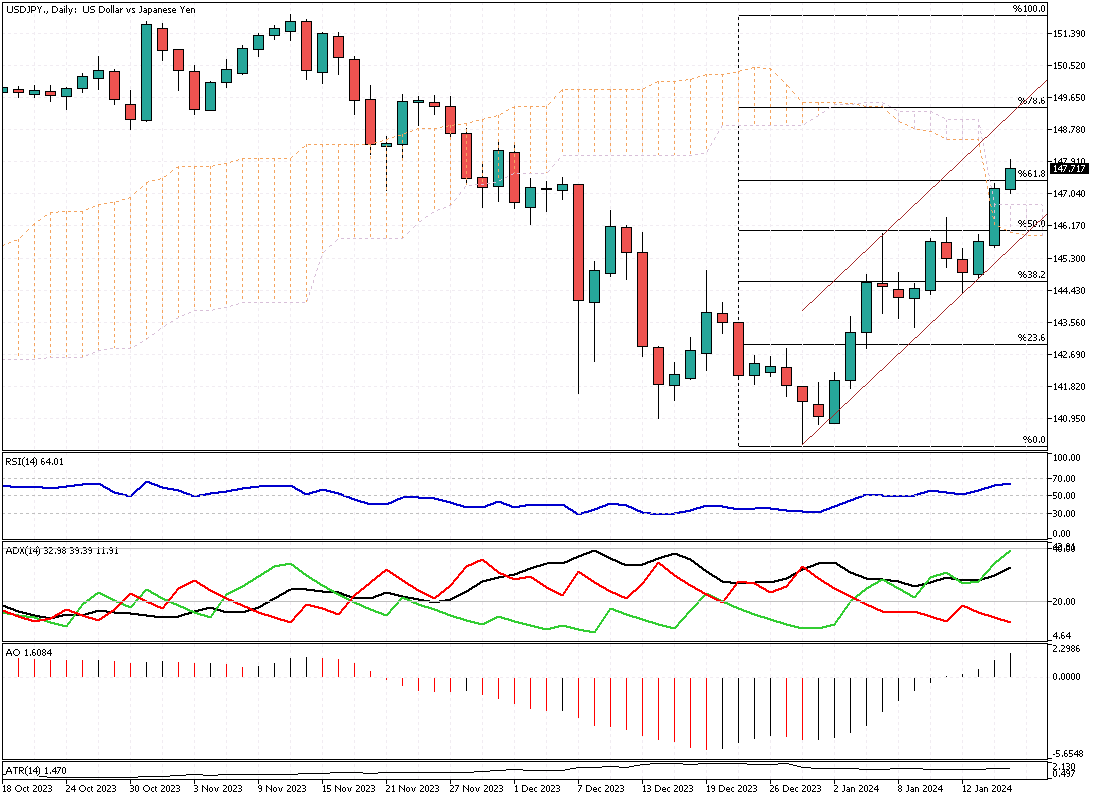The Japanese yen recently experienced a notable depreciation, surpassing the 147 mark against the US dollar, marking its weakest position in six weeks. This downward shift in the yen’s value was primarily influenced by the strengthening of the dollar and a rise in Treasury yields triggered by comments from Federal Reserve Governor Christopher Waller. Waller’s remarks, which suggested a cautious approach towards policy easing, played a significant role in tempering market expectations for a rate cut by the Fed in March. He emphasized the importance of waiting until there is firm evidence that lower inflation will be maintained before considering any monetary policy easing.
Further adding to the yen’s weakness, the start of the year saw the currency lose over 4% of its value in January alone. This trend can be partly attributed to the easing of domestic inflation in Japan, which has reduced the urgency for the Bank of Japan (BoJ) to implement interest rate hikes shortly. Recent data indicated that Japan’s wholesale inflation rates remained unchanged from a year ago in December, marking a consistent slowdown for the twelfth consecutive month. This trend in wholesale inflation, a measure of the price businesses charge one another for goods and services, often precedes changes in consumer prices.
The upcoming release of consumer inflation data is anticipated to provide additional insights, with expectations leaning toward further evidence of moderating price pressures. This is a critical aspect, as consumer inflation directly affects the cost of living for individuals and can influence central bank policies.
Moreover, a private survey highlighted a decline in sentiment among Japanese manufacturers in January. This decline is attributed to concerns over fragile domestic consumption and weakening external demand, particularly from China, a significant trade partner for Japan. The sentiment in the manufacturing sector is a crucial indicator of economic health, as it reflects both domestic conditions and international trade dynamics.






